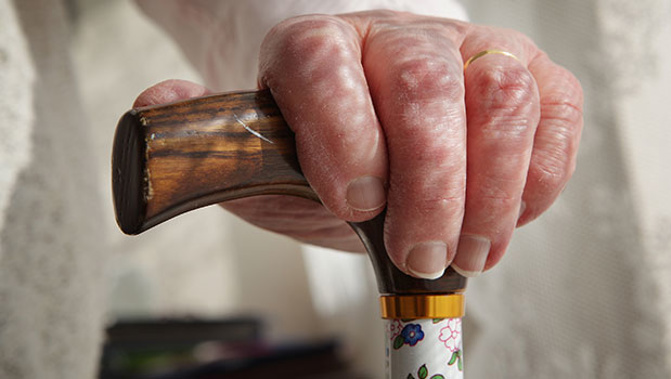
Rest home residents have gone hungry and been left with festering bedsores that in the worst cases killed them, a Weekend Herald investigation has found.
A review of audit reports for the country's 651 facilities reveals serious shortcomings, many of which come up repeatedly. They include unsafe staffing levels, expired medication and dosage errors, and a lack of response to changes in health, including when residents lose large amounts of weight.
Residents at one home told visiting auditors that some caregivers intimidated them, and would withhold or give late medication as punishment for perceived non-compliance.
And a chef at a Dunedin facility resigned and went to authorities, saying his budget worked out to $1.60 per resident, per meal. Residents were asking relatives to bring in fruit and bread, and were often found by families unshaven and not in their own clothes.
Auditors at one home couldn't find evidence a "not for resuscitation" status on a resident file was discussed with family.
Health Minister David Clark is under pressure to act after Labour pushed for wide-ranging changes in opposition. He says a number of changes are on the table, including making voluntary staffing guidelines mandatory.
The Weekend Herald has reviewed audit reports published since 2016 for New Zealand's 651 aged care facilities, and found a third of all homes had "moderate" or "high" risk shortcomings related to resident care, including care plans not being updated or detailed enough to guide staff.
One in ten homes had a shortcoming that directly addressed staffing levels, training or competence, including a dementia facility where staff worked double shifts so often that auditors judged residents' safety could be at risk.
A common problem among homes was the care of pressure injuries (also called bedsores or pressure ulcers) and wounds, with 93 facilities having shortfalls.
A Health and Disability Commissioner decision released last month found serious failings in care for a resident who died from a festering bedsore. Despite staff noting the worsening condition of the wound, no referral to a wound care specialist nurse or GP was made, and the woman later died of septic shock in hospital, after urgent surgery.
Documents show some rest homes have failed to properly prevent, treat or even identify serious pressure ulcers. At one home there was no turning chart for a resident with a grade four ulcer – a classification for wounds so deep that muscle, tendon and bone can be exposed.
Jessica Wilson, Consumer NZ's head of research, said pressure ulcer care was "nursing 101", and complaints her organisation fielded mostly came back to inadequate staffing.
"The same things keep coming up time and time again. Despite assurances that things are getting better, we are still seeing the same sorts of problems.
"Unfortunately too often the complaints we are seeing show that basic level of care isn't provided...at the moment the staffing ratios that are set in funding contracts between DHBs and rest homes are very low, and we want to see these staffing levels reviewed."
The Ministry of Health says its own analysis shows the quality of care in rest homes is improving, including around pressure injury treatment, and the vast majority do a very good job.
Simon Wallace, chief executive of the NZ Aged Care Association, said sector funding hadn't kept pace with increasing costs, putting significant strain on operators. Despite this, Wallace said data shows rest home care brings enormous benefits, including more sociability, independence and the chance to address issues such as pain and weight loss.
Growing old in NZ
• More than 32,000 New Zealanders live in rest homes, a number projected to reach 58,000 by 2030. The average age for entering care is 84 – up from 75 just 10 years ago.
• Of residents in aged care in 2016, 49 per cent were in rest homes, 38 per cent in hospital-level care, and 13 per cent in dementia/psychogeriatric beds.
Take your Radio, Podcasts and Music with you









